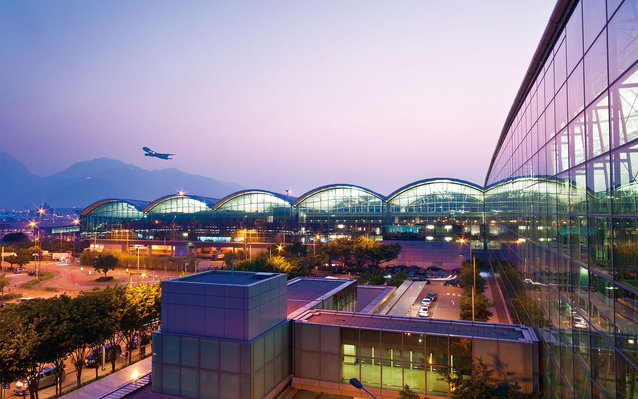
Based on reports from 1,144 airports worldwide, Airport Council International’s (ACI) preliminary traffic results for world airports in 2015 reveals that the world’s largest air cargo hub continued to be Hong Kong (HKG, +0.4 per cent) with Memphis (MEM, +0.8 per cent) in the second spot followed by Shanghai’s PVG (+2.9 per cent).
Despite apparent pockets of weakness in the air cargo markets, Chicago’s ORD experienced robust growth of 15.6 per cent in 2015. With recently expanded air cargo facilities, the airport maintains its status as a major nexus for global trade and a link to the multimodal transfer of goods across the continent, ACI said.
Doha (DOH), a major Middle Eastern airport and one of the fastest growing airports in the world, entered the top 20 given a jump of 46 per cent in air cargo volumes in 2015.
Atlanta (ATL) (+1.6 per cent) has become the world’s busiest airport for aircraft movements following a drop in movements at the second ranked ORD (-0.8 per cent) in 2015 and PVG had the highest growth in movements at 11.5 per cent in 2015.

On the passenger side, the top spot continues to belong to Atlanta-Hartsfield-Jackson (ATL). Growing by 5.5 per cent year over year in passenger traffic to the record-breaking total of over 100 million passengers in 2015, Atlanta has benefitted tremendously from its strategic location as a major connecting hub and port of entry into North America. The airport is within a two-hour flight of 80 per cent of the US population.
While Beijing (PEK) was poised to close the gap on ATL by 2015, it no longer benefits from the double-digit growth it enjoyed in previous years, and as such remains in second position. The combination of a Chinese slowdown and capacity constraints has meant lower growth levels at the airport.
PEK grew by 4.4 per cent in total passenger traffic while at the same time, Shanghai (PVG), the second-largest airport for throughput in China, grew by 16.3 per cent in 2015. With an added runway and increased slot capacity, PVG was the fastest growing airport among the world’s top 20.
“It’s impressive to witness the dynamic character of the aviation industry and its evolution over time,” said Angela Gittens, director general, ACI World. “In certain markets, we see both airlines and airport operators expanding and optimising their capacity in order to accommodate the growing demand for air transport.
“Thus, even in the most mature markets such as the United States and parts of Western Europe, several of the major hubs experienced year-over-year growth rates in passenger traffic that were well above the historical growth levels for these regions. On the other hand, we continue to observe double-digit growth rates at major Middle Eastern and Asian hubs serving long haul routes in emerging markets.
“With the continued rise in per-capita income and liberalisation of air transport across these markets, the propensity to travel by air will rise accordingly. However, airport capacity considerations on the supply side within major city markets will remain paramount to the issue of accommodating the surge in demand for air travel.”









